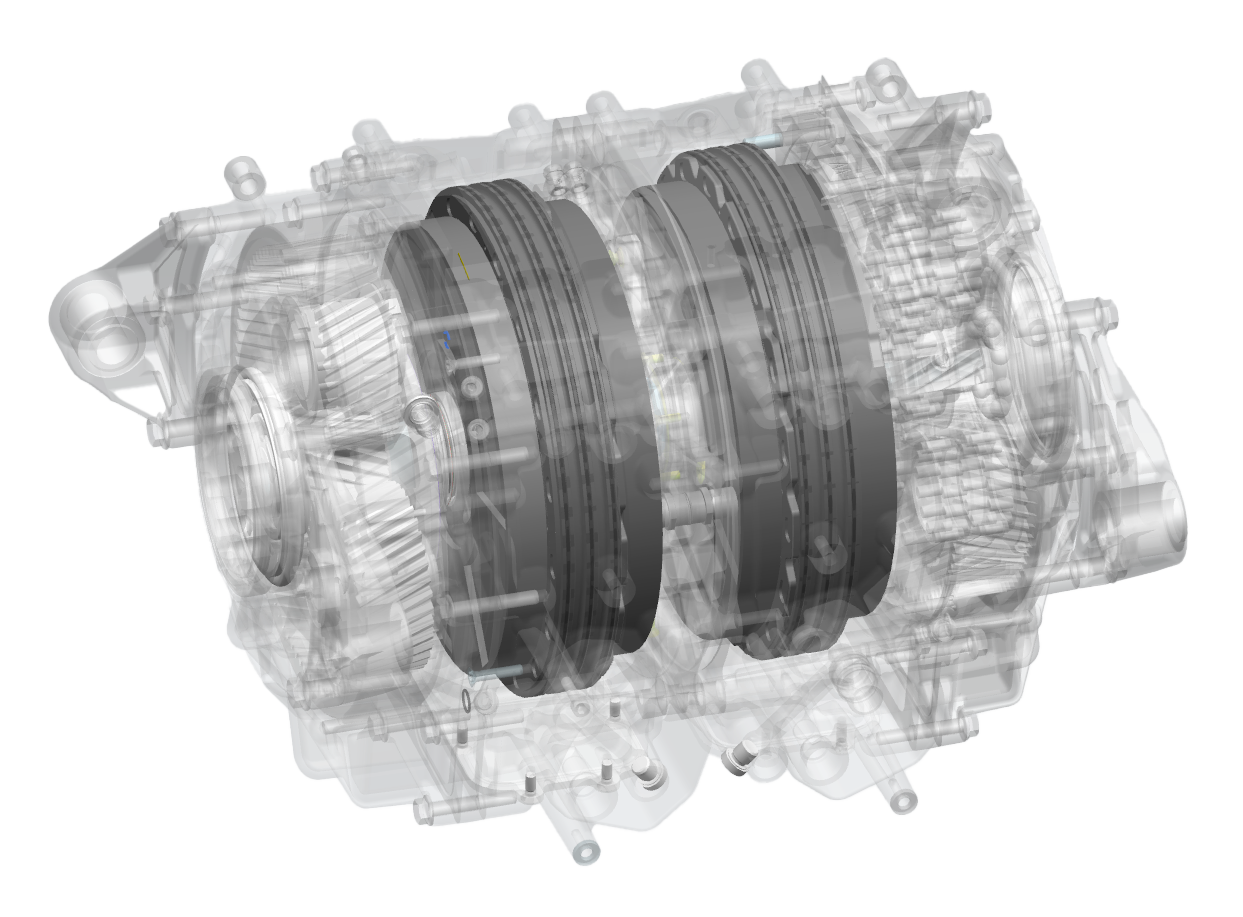APPLICATIONS
Besides applications in the passenger vehicle sector, our motor technology is well suited for applications in other vehicle segments, bearing in mind the specific vehicle class requirements.
Thanks to the short axial length of our topology, commercial vehicle designers get the freedom to choose among a large variety of axle and drivetrain designs.
At the same time, our axial flux technology facilitates other typical commercial vehicle requirements such as the longer duration for peak power and torque.
Our axial flux motor topology creates a larger and wider passenger platform between both axles in buses thanks to the close-to-wheel installation of the e-motors.
FLEXIBLE INTEGRATION
The short axial length of our motor topology facilitates more creative powertrain configurations.
A multitude of chassis and drivetrain layouts can be matched with the OEMs strategic platform choice. Depending on the chosen transmission type, a coaxial or parallel offset or rather direct drive, with or without torque vectoring becomes possible thanks to the short axial length of our motor topology.
Our axial flux motor technology is designed to be integrated into high-voltage electric powertrains in combination with transmission cooling and inverter.

FUTURE CONCEPTS
At Traxial we believe in the added value of optimized e-axles, an integrated electric drive solution for battery electric vehicles.
Axial flux motor and gearbox (and optionally also the inverter) combined into one package positively impacts the manufacturing cost and leads to more efficient volume usage.
The extra space benefits any application, whether it’s a passenger vehicle, or a commercial vehicle.
We strive to make it easy for vehicle developers to combine 1, 2, 3 or 4 of our motors into modular e-axles.
THE BENEFITS:
- A complete axial flux powertrain for the size of a traditional EV motor results in more flexibility for integration and more space for the battery.
- The modular and standardized approach reduces the manufacturing and total system costs.
- Close integration between the motor and inverter eliminates the need for AC cables, increases system efficiency and greatly reduces electromagnetic interference.

